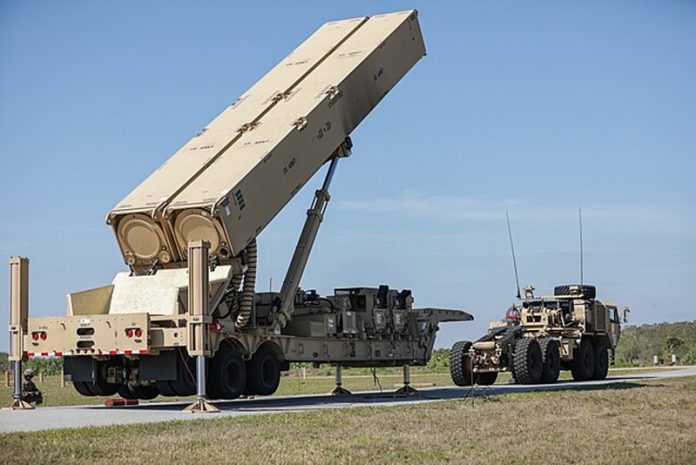India’s successful flight test of a long-range hypersonic missile marks a watershed moment in the nation’s defence capabilities. This monumental achievement underscores India’s emergence as a major player in the global arena of advanced military technology. The test has catapulted India into an elite club of nations capable of developing and deploying hypersonic missile systems-an arena that has thus far been dominated by global powers like Russia, China, and USA. This test is a definitive assertion of India’s strategic preparedness in an increasingly volatile geopolitical landscape. With hypersonic technology poised to redefine modern warfare, India’s entry into this domain signals a significant step toward ensuring national security and maintaining a strategic balance in the Indo-Pacific region.
Hypersonic missiles are a new frontier in missile technology, capable of travelling at speeds greater than five times the speed of sound. What sets these weapons apart is their ability to manoeuvre unpredictably, making them virtually immune to existing air defence systems. Unlike traditional ballistic missiles that follow a predetermined trajectory, hypersonic missiles can alter their course mid-flight, rendering interception extraordinarily difficult. The versatility of these missiles allows them to carry a variety of payloads, including nuclear warheads, over long ranges with pinpoint accuracy. With advanced versions capable of exceeding speeds of Mach 15, hypersonic weapons combine unparalleled speed, agility, and destructive potential. For nations seeking to establish deterrence or assert dominance, possession of such technology is non-negotiable.
The successful test of the hypersonic missile is a testament to the scientific ingenuity and strategic foresight of DRDO. The missile, designed to strike targets over 1,500 kilometres away, is the product of years of meticulous research and development. This achievement aligns with India’s broader objective of enhancing its indigenous defence production capabilities-a vital aspect of achieving self-reliance in critical technologies. The ability to develop and deploy hypersonic missiles is as much about deterrence as it is about preparedness.
The successful test comes amidst a backdrop of intensifying geopolitical rivalries. China, already a leader in hypersonic technology, has been aggressively modernising its military. India’s breakthrough in this domain not only addresses its own security needs but also serves as a signal to adversaries of its growing military competence. Furthermore, the development of hypersonic technology strengthens India’s position as a responsible stakeholder in regional and global security. By achieving this milestone indigenously, India has also demonstrated its commitment to minimising dependence on foreign defence imports, a critical component of the “Make in India” initiative.
While this achievement is commendable, it is essential to recognise that the development of hypersonic technology is an ongoing process. Challenges such as heat management at extreme speeds, precise guidance systems, and integration with existing defence frameworks remain areas requiring sustained research and development. Additionally, the deployment of such advanced systems must be accompanied by robust command and control structures to ensure their effectiveness and reliability in real-world scenarios.
India’s success in hypersonic technology also brings responsibilities. The use of such weapons is governed by ethical considerations and international laws. As a rising power, India must champion the responsible development and deployment of hypersonic technology to ensure it serves as a deterrent rather than a destabilising force in global security dynamics.
Going forward, it will be important to foster greater investments in research and development and enhance collaboration with global partners in non-sensitive areas to further accelerate progress. Moreover, as the focus shifts to next-generation weapons like drones and AI-powered systems, hypersonic technology should serve as a foundation for broader advancements. India must view this success not as an endpoint but as a stepping stone toward the comprehensive modernisation of its defence forces. The challenge now is to sustain this momentum, address emerging threats, and ensure that such advanced technologies serve the broader goals of peace, stability, and national prosperity. The hypersonic leap is just the beginning of a new chapter in India’s defence narrative.
Trending Now
E-Paper


